How Long is the California Coast and 10 Other Fun Facts
We delve into some of California's most interesting natural fun facts.
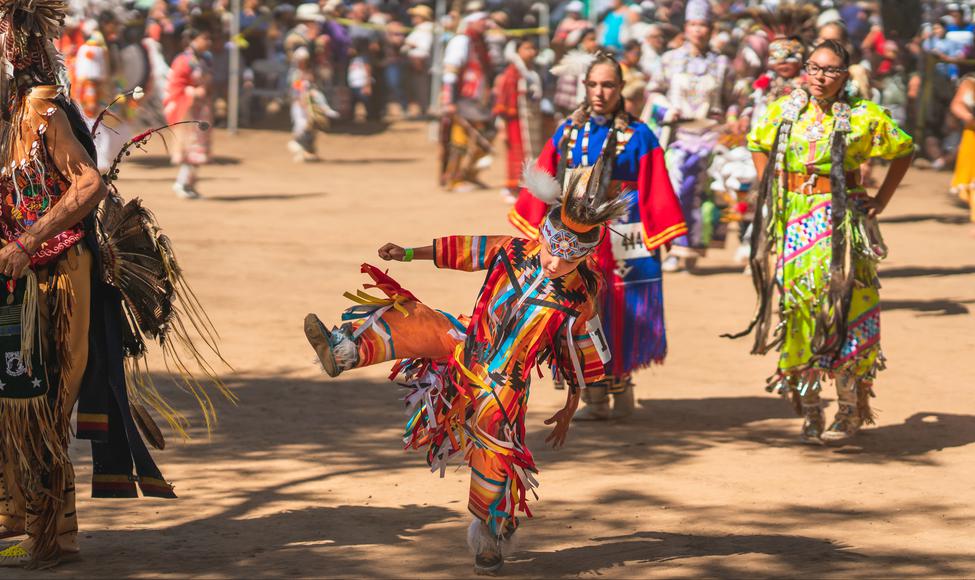
The tribes of California are an integral part of the state's history and modern day. Here's a breakdown of these cultures.
The Golden State has always been home to different cultures. Evidence shows that the earliest human occupation in the state dates back 19 thousand years. From the seafaring Chumash and the agricultural Yuma to the nomadic Modoc, there were over 500 Native American tribes in California, each with their own ways of life.
Most of the Californian tribes’ history is based on archaeological evidence, early records of European explorers and colonists, and oral histories passed on by tribal elders in the early 20th century. While the lack of written records made it difficult to reproduce California’s Native American history, there’s enough evidence to help us reconstruct the pre-Columbian era of the state.
The Indigenous peoples of California spoke a minimum of a hundred different languages, had their own specific food cultures, and distinct religious beliefs. In the late 18th century, over 300,000 people were living in the state, and anthropologists classified six geographical cultural areas. While the divided cultural areas have overlapping boundaries, the system was created to understand their history. The distinct areas include the Great Basin, Colorado River, southern, central, northwest, and northeast areas.

The Great Basin area was home to desert Indian tribes in California such as the Paiute, Washo, and Mono, who spent much of their time making use of pine nuts, acorns, rabbits, and wild plants. In the Colorado River area, the Yuma, Mohave, and Halchidoma speaking tribes practiced subsistence agriculture, harvesting maize, pumpkins, and beans.
The Yoruk, Shasta, Hupa, and other Northern California Native American tribes developed woodworking, canoe-building, and house-building skills due to the abundance of coastal resources in the northwestern area. In the northeastern area, the Modoc, Achumawi, and Atsugewi language groups shared more with Columbia Plateau peoples of eastern Oregon and Washington than they did with other California native tribes.
Each of the geographical culture areas contained plenty of internal variety, which goes to show how incredibly diverse Indigenous California was. Although the tribes weren’t organized as a single society, they lived in politically autonomous small communities and were connected by trade and kinship networks.

Does your business rank among the best in California?
nominate a businessLearn more about our selection criteria and vetting process.
Native American tribes in Southern California consisted of the Chumash, Serrano, Garbielino, Cahuilla, Liseño, Alliklik, Kitanemuk, Kumeyaay, and many more. Here, the chiefdoms of the southern region were quite large with complex and layered social structures, compared to other areas.
The entire Los Angeles basin, certain parts of Orange County, and multiple offshore islands—including Catalina—were inhabited by the Gabrielino speakers. By the time the first Spanish expedition reached Indigenous California, it’s estimated that around 5,000 Gabrielino people lived in about 100 villages. Nowadays, they refer to their ancestral tribal land in California as the Kizh nation.

One of the most prominent federally recognized tribes in California is the Chumash Indians, who lived along the coast from Malibu to Santa Barbara and San Luis Obispo counties. There were around 20,000 members of this California tribe, two-thirds of which lived in coastal and island villages. The Chumash Indians skilled fishermen in addition to being proficient hunters and gatherers. Malibu, Lompoc, Ojai, Simi Valley, Pismo Beach, and many other modern places in the Golden State have origins in the Chumash language.
The Serrano tribe resided in the San Bernardino Mountains, stretching to the Mojave River and Tejon Creek. They settled in Southern California around 2,500 years ago, with basket-weaving playing a crucial role in their culture and daily life.
The Los Angeles Native American tribes consisted of three distinct groups which predate the California Missions’ establishment—Ventureno, Gabrielio, and Fernandeno. Though they aren’t federally recognized, the state of California acknowledges them. The three tribes continue to preserve their tribal sovereignty, maintain their cultural resources, and withstand assimilation.
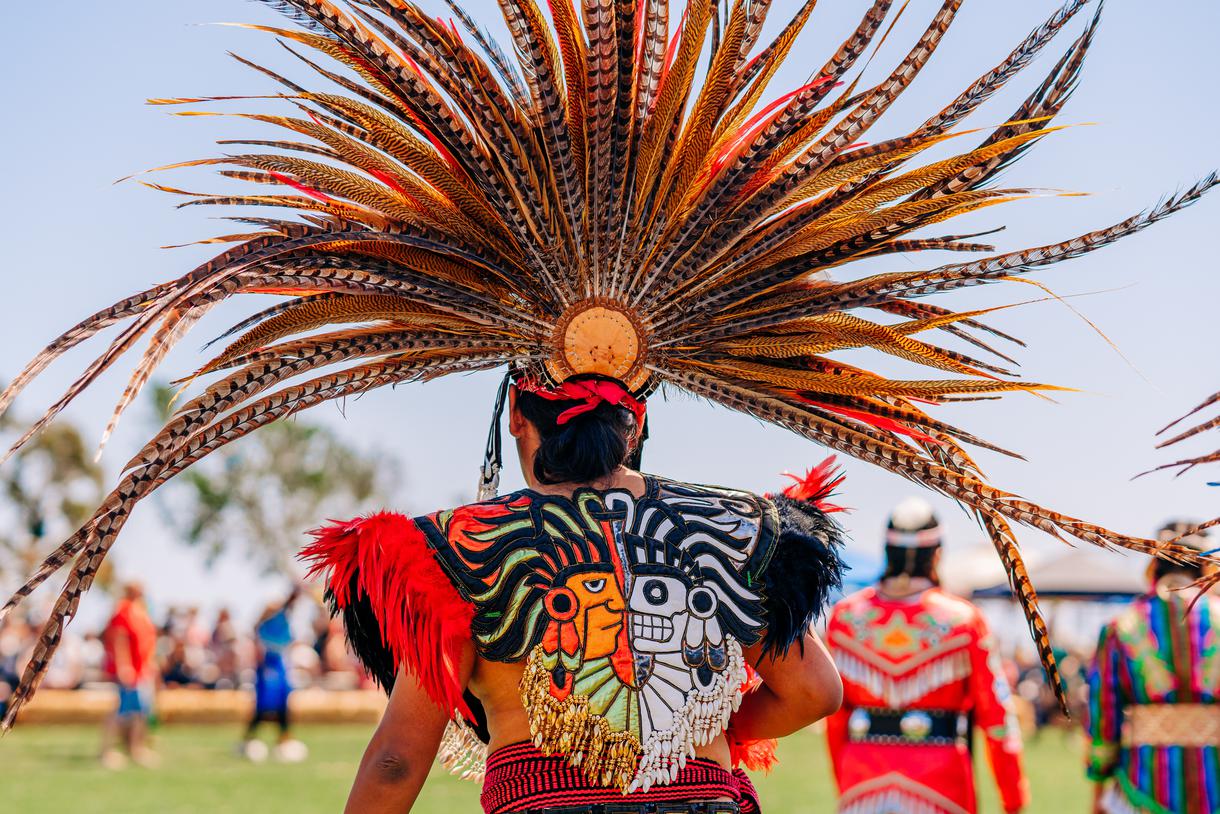
The second-largest urban region in the United State—the Greater Los Angeles Area—is home to 14 federally recognized California tribes. Two of these tribes are found in San Bernardino County, and 12 in Riverside. Orange, Ventura, and Los Angeles counties have many members of California tribes that aren’t federally recognized. There are over 140,000 Native Americans and Alaska Natives in Los Angeles County alone—more than any other county in the entire nation.
At the time of Spanish contact, the native people of California living in modern-day San Diego County were Luiseno, Cahuilla, Cupeno, Kumeyaay, and Northern Diegueño. San Diego’s Native American tribes lived in semi-permanent villages and were estimated to consist of approximately 20,000 members in the 16th century. These Californian tribes frequently traveled in search of food—specifically for acorns, small animals, and sea creatures.
San Diego has more Indian reservations in California than any other county—even though they’re relatively small and encompass around 124,000 acres. While there were almost 20,000 San Diego Native American tribe members, only a small percentage lived on the reservation land.
Northern California was home to diverse Native American tribes like the Yurok, Shasta, Tolowa, Karuk, Wiyot, Hupa, Modoc, Achumawi, Atsugewi, and more. They often established villages by rivers and lagoons in the forested regions. Canoeing was a key mode of transport, supported by extensive trail networks. The abundant redwood trees in the area were crucial for constructing both their canoes and homes.

To the northeast, the Modoc, Achumawi, and Atsugewi tribes hunted and gathered acorns, salmon, grass seeds, tuber berries, rabbit, and deer for food. These Californian tribes created floor mats and structure coverings out of common tule, a plant native to the region’s freshwater marshes. Obsidian, a naturally occurring volcanic glass, was a valuable trade commodity in the western portion of the area.
In the Bay Area, tribes like the Bear River, Mattale, Lassick, Nogatl, Wintun, Yana, Yahi, Maidu, and more thrived. Despite variations between coastal and inland groups, they shared practices like hunting deer, elk, rabbits, birds, and fishing. Their dwellings were typically wooden structures blanketed with earth.
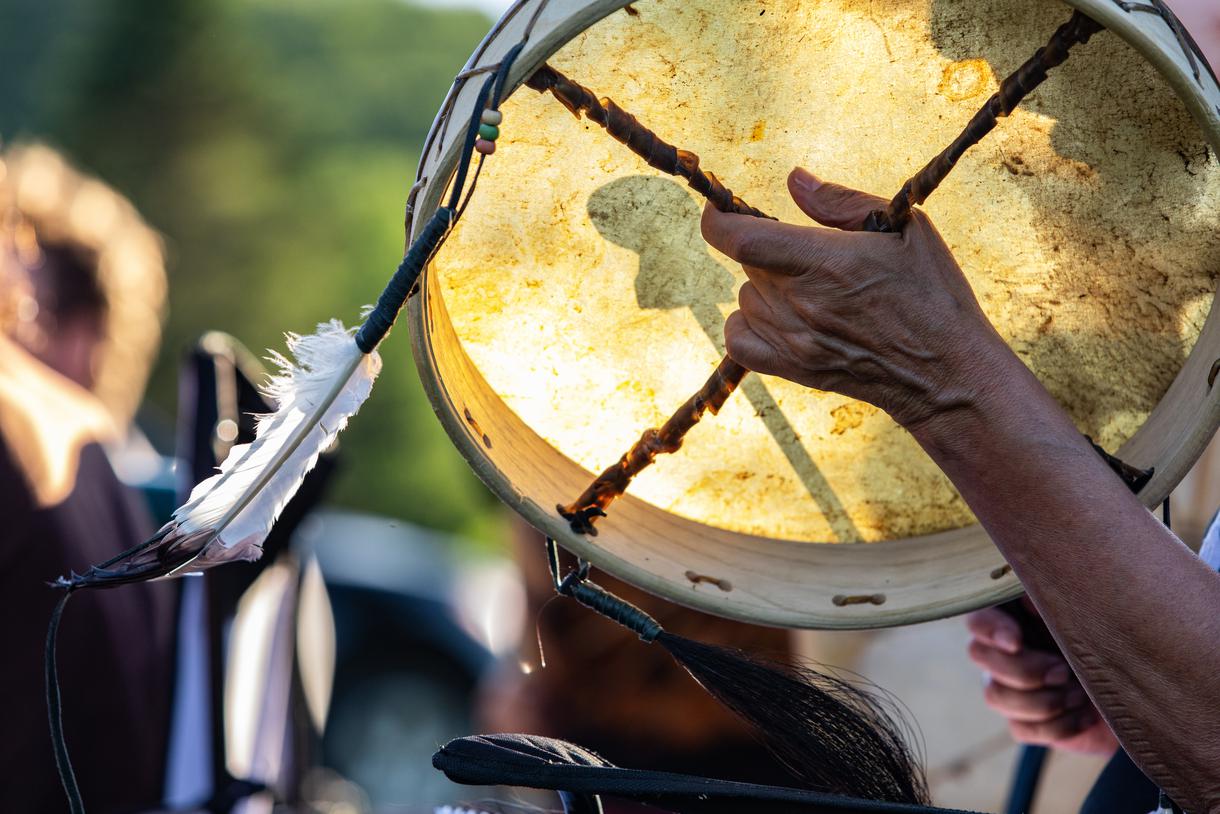
Acorns and salmon were vital resources for the tribes, leading to advanced basket weaving techniques, a key cultural hallmark. Other regional tribes include Kato, Yuki, Pomo, Lake Miwok, Wappo, Monache, Yokuts, Costanoan, Esselen, Salinan, and Tubatulabal.

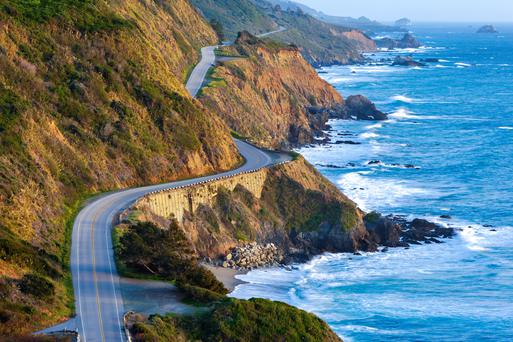
We delve into some of California's most interesting natural fun facts.

Ditch the busy Spring Break crowds and check out these fantastic, underrated spring travel destinations in California.
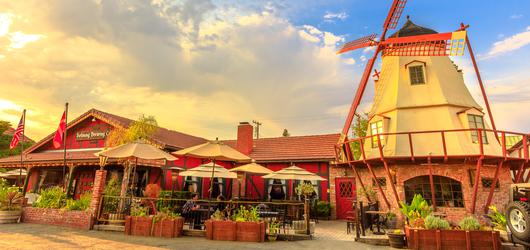
Take a trip through the pages of the Golden State’s history and discover the oldest cities in Southern California.

Feeling adventurous? Take to the seas and see the world from a new vantage point by parasailing in California.

